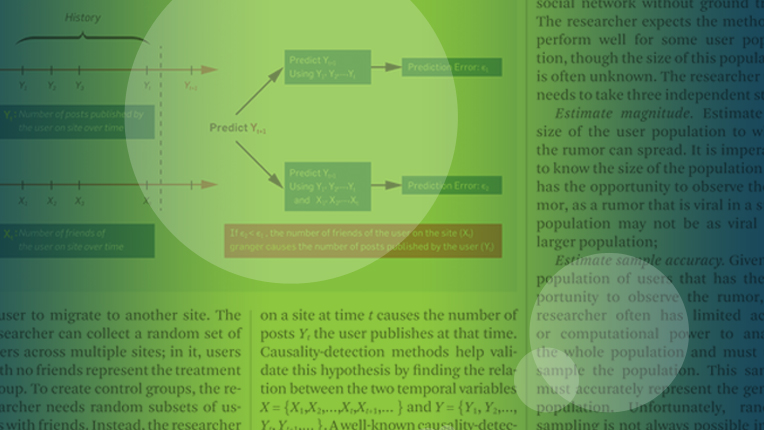ACM OPEN
A Sustainable Approach to Open Access
ACM Open is designed to help institutions support Open Access publishing at scale while ensuring continued access to the premium version of the ACM Digital Library. By removing Article Processing Charges (APCs) for authors and offering a transparent, tiered pricing model, ACM Open provides a cost-effective way for institutions to contribute to a more open and accessible computing research ecosystem.
How ACM Open Works
- Unlimited Open Access Publishing – Corresponding authors at participating institutions can publish an unlimited number of Open Access articles without incurring Article Processing Charges (APCs).
- Institutional Access and Benefits – Institutions receive Premium access to the ACM Digital Library, ensuring their researchers and students benefit from ACM’s extensive collection of computing research, with unrestricted access to ACM Digital Library’s full suite of research tools and features, supporting advanced discovery, collaboration and workflow efficiency.
- Fair and Transparent Pricing – For academic and research institutions, costs are determined based on an institution’s historical publishing activity, ensuring a sustainable and predictable payment model. For corporate pricing, please refer here. For government pricing, please refer here.
Tiered Pricing: Ensuring Fair and Predictable Costs
ACM Open follows a tiered pricing structure, aligning institutional costs with historical publication activity to ensure fair and scalable participation.
The following tier pricing applies to academic and research institutions only, in effect until December 31, 2027:
| Tiers Level | Article Output Range | Tier Pricing ($) |
| 1 | 75+ | $95,000 |
| 2 | 60-74 | $70,000 |
| 3 | 40-59 | $50,000 |
| 4 | 30-39 | $35,000 |
| 5 | 20-29 | $25,000 |
| 6 | 16-19 | $20,000 |
| 7 | 12-15 | $15,000 |
| 8 | 8-11 | $12,000 |
| 9 | 4-7 | $9,500 |
| 10 | 0-3 | $6,000 or DL Read Spend, whichever is lower |
The ACM OPEN All-In Model
ACM offers an all-in model to support consortia and government-funded Open Access transitions. This model follows the same principles as the tier-based approach, with pricing based on a three-year publishing history and applied consistently worldwide.
The key difference is that groups can distribute costs among participants to align with funding structures. Pricing is determined by analyzing the past three years of publishing output, assigning costs per article for proceedings and journals, and calculating an all-inclusive annual publishing fee for the group. The participant list remains fixed for the duration of the agreement.
Contact us for more information at [email protected].
Institutions already participating in ACM Open can be found here.
Publish with ACM
ACM's prestigious conferences and journals seek top-quality papers in all areas of computing and IT. It is now easier than ever to find the most appropriate venue for your research and publish with ACM.

Lifelong Learning
ACM offers lifelong learning resources including online books and courses from Skillsoft, TechTalks on the hottest topics in computing and IT, and more.

